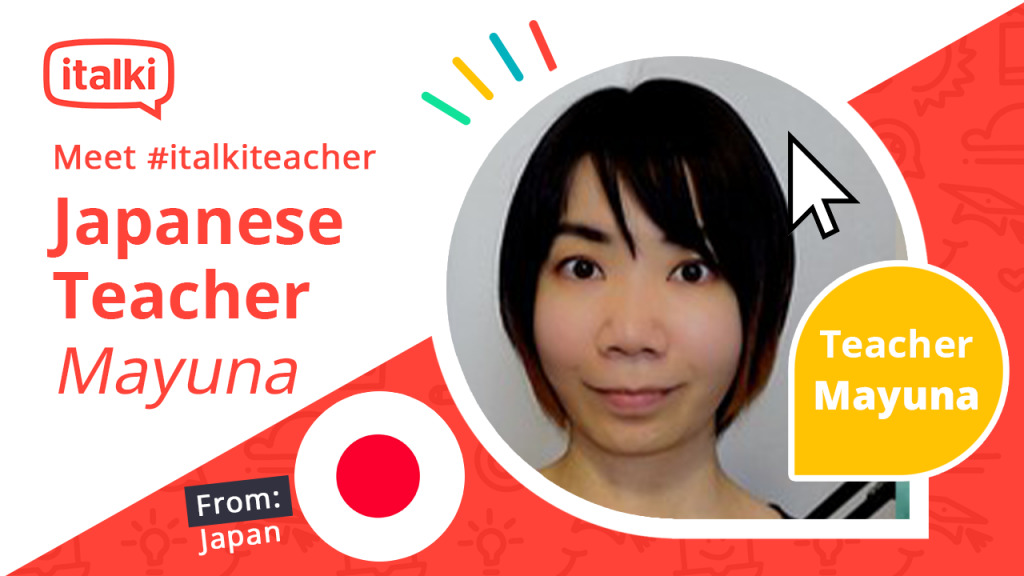24. 日本の面接
はい、こんにちは。今回はポッドキャストの24回目です。寒くなくなりましたが、天気のいい日と悪い日が交互に続いています。昨日は休みでした。天気が悪かったので久しぶりに漫画を読みました。漫画は、子供の時読むのと、大人になってから読むのでは印象が違いますね。昔読んだことのある漫画でしたが、重要な部分はほとんど覚えていませんでした。
Hello. This is episode 24 of my podcast. It is no longer cold, but the weather is alternating between good and bad. Yesterday was my day off. The weather was bad, soI read comics for the first time in ages. Reading them as a child and reading it as an adult gives a very different experience. I had read this manga in the past, but I could barely remember the important parts.
春なので、面接を受ける人が多いです。今日は日本の面接について話したいと思います。面接の種類は様々です。簡単なアルバイトの面接だと、数分の面接をして、だいたい1週間以内に結果がわかります。大きな会社の面接だと、1ヶ月ぐらいかけて、3回以上面接をすることもあります。最近はオンラインの面接も増えています。
It is spring and many people have interviews. Today I would like to talk about interviews in Japan. There are different types of interviews. For a simple part-time job interview, the interview lasts a few minutes and you will usually find out the result within a week. For interviews with large companies, it may take about a month and you may be interviewed three or more times. More and more interviews are being conducted online these days.
面接を受けるときは、履歴書を持っていきます。日本の履歴書は、フォーマットが決まっています。「履歴書」という名前の用紙が、文房具屋や、100円ショップや、コンビニで売っています。英語圏の履歴書は、自分でドキュメントを作らなければいけませんが、日本の履歴書は、用紙を買って、空欄を埋めるだけなので、少し楽です。
When you are interviewed, take your CV with you. Japanese CVs have a fixed format. You can buy a form called “Rirekisyo” at stationery stores, 100 yen shops and convenience stores. While in English-speaking countries you have to create your own document, the Japanese CV is a little easier as you just buy the form and fill in the blanks.
英語圏の履歴書と違うところは、日本の履歴書には、必ず生年月日を書かなければいけないところです。他には、履歴書に証明写真を貼らなければいけません。免許証やIDに使うものと同じ証明写真が必要なので、写真撮影だけで1000円ぐらいかかります。しかも、証明写真を撮るために、髪型を整えたり、メイクをしたり、きちんとした服を着なければならないので、面倒ですね。
The difference between Japanese CVs and CVs in English-speaking countries is that the date of birth must be written on Japanese CVs. Another difference is that you have to put an ID photograph on your CV. You need the same photo as the one used for your driver’s licence or ID, so it costs around 1,000 yen just to take the photo. Moreover, it is a hassle because you have to have your hair done, put on make-up and wear smart clothes in order to have a photograph taken.
面接をするときも、決まった挨拶やマナーがあります。部屋に入るときは「失礼します」と言います。相手の名刺は両手で受け取ります。始まる前は「よろしくお願いします」と言い、終わった後は「ありがとうございました」と言います。実は、日本のあいさつとして有名なお辞儀は、とてもフォーマルな挨拶なので、面接やミーティングでは割愛される場合がほとんどです。
There are also set greetings and manners when going through interviews. When entering a room, say “Shitsurei shimasu (excuse me)”. Accept the other person’s business card with both hands. Before you start, say “Yoroshiku onegai shimasu (Thank you in advance)” and after the interview is over “Arigatou gozaimashita (Thank you)”. In fact, the bow, a well-known Japanese greeting, is a very formal greeting and is usually omitted in interviews and meetings.
はい、じゃあ今日はこんな感じで終わりたいと思います。また来週お会いしましょう。どうもありがとうございました。
Well, I think that’s it for today. See you next time and thanks for listening!
